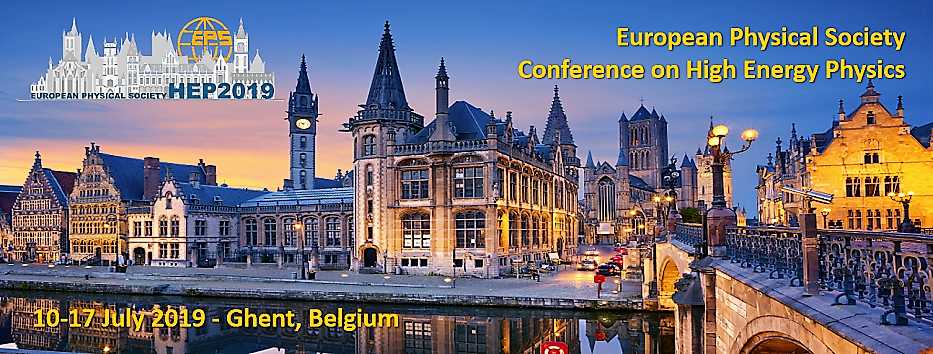Speaker
Description
High energy pp, p-Pb, and Pb-Pb collisions at the LHC offer a unique opportunity to study the production of light (anti-)nuclei. The study of the production yield of (anti-)nuclei in heavy-ion collisions at LHC energies probes the late stages in the evolution of the hot, dense nuclear matter created in the collision and serves as baseline in the search for exotic multi-baryon states.
Measurements performed in smaller collision systems are crucial to understand how the production mechanism evolves going from small to large systems.
The results on the determination of the (anti-)nuclei yields will be complemented by the measurement of their azimuthal anisotropic production. This is a powerful tool to gain insight into the production mechanism of light nuclei in heavy-ion collisions: in particular, it will help to distinguish between coalescence and hydrodynamic models.
The coalescence approach predicts light nuclei formation as the result of coalescence of nucleons which are close enough in the phase space, thus the elliptic and triangular flow are expected to scale with the number of constituent hadrons. On the other hand, if light nuclei are produced thermally at the phase boundary in heavy-ion collisions together with all the other hadrons, the evolution with transverse momentum of both elliptic and triangular flow can be described by hydrodynamic models.
Results on the production yields of light (anti-)nuclei in pp, p-Pb, and Pb-Pb collisions at energies going from 5.02 TeV to 13 TeV will be presented. In addition, new results on the measurement of the elliptic and the triangular flow of deuterons and 3He produced in Pb--Pb collisions at 5.02 TeV will be discussed. A critical comparison of the experimental results with the predictions of statistical (thermal) models and the baryon coalescence approach will be given.
